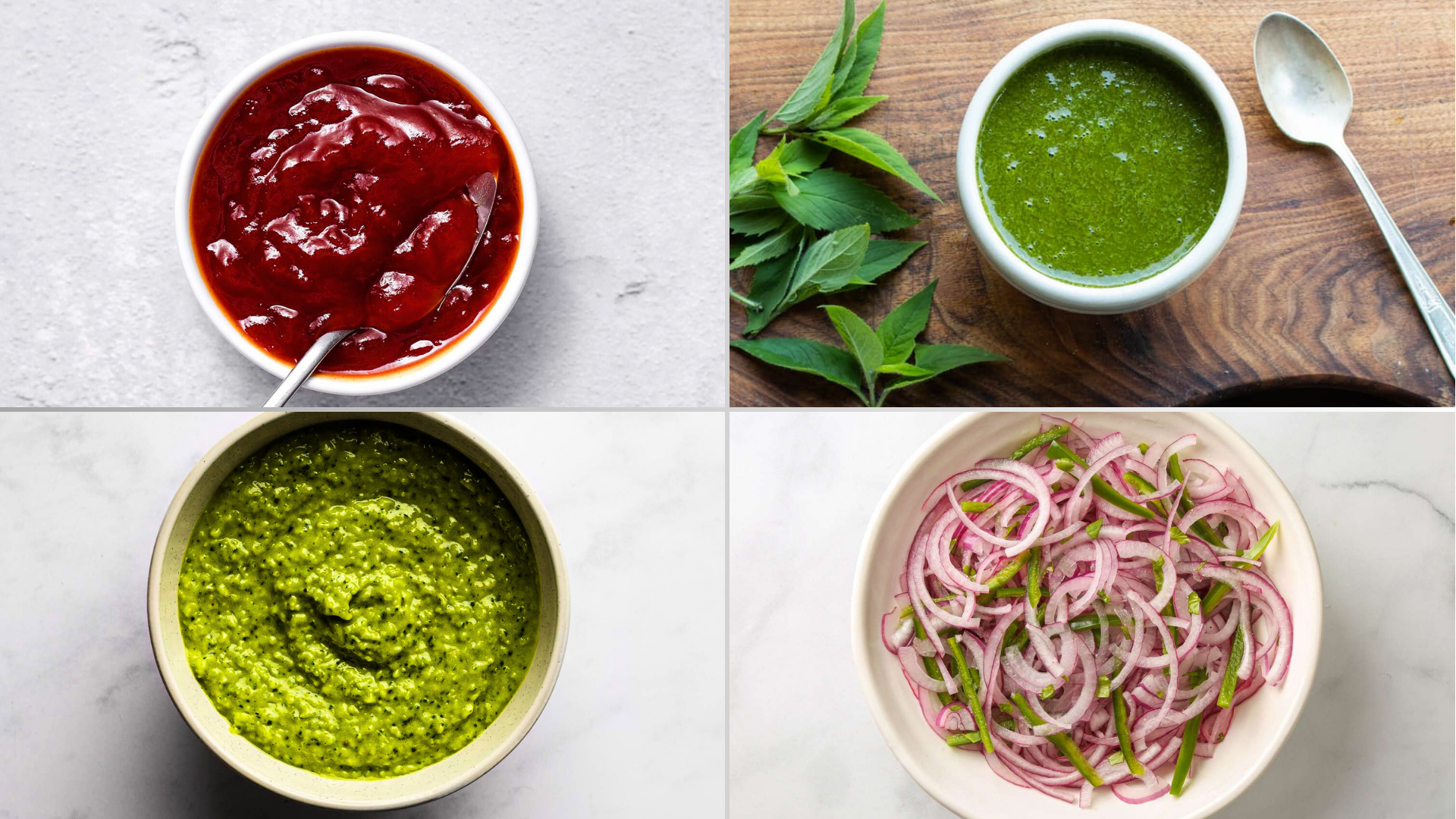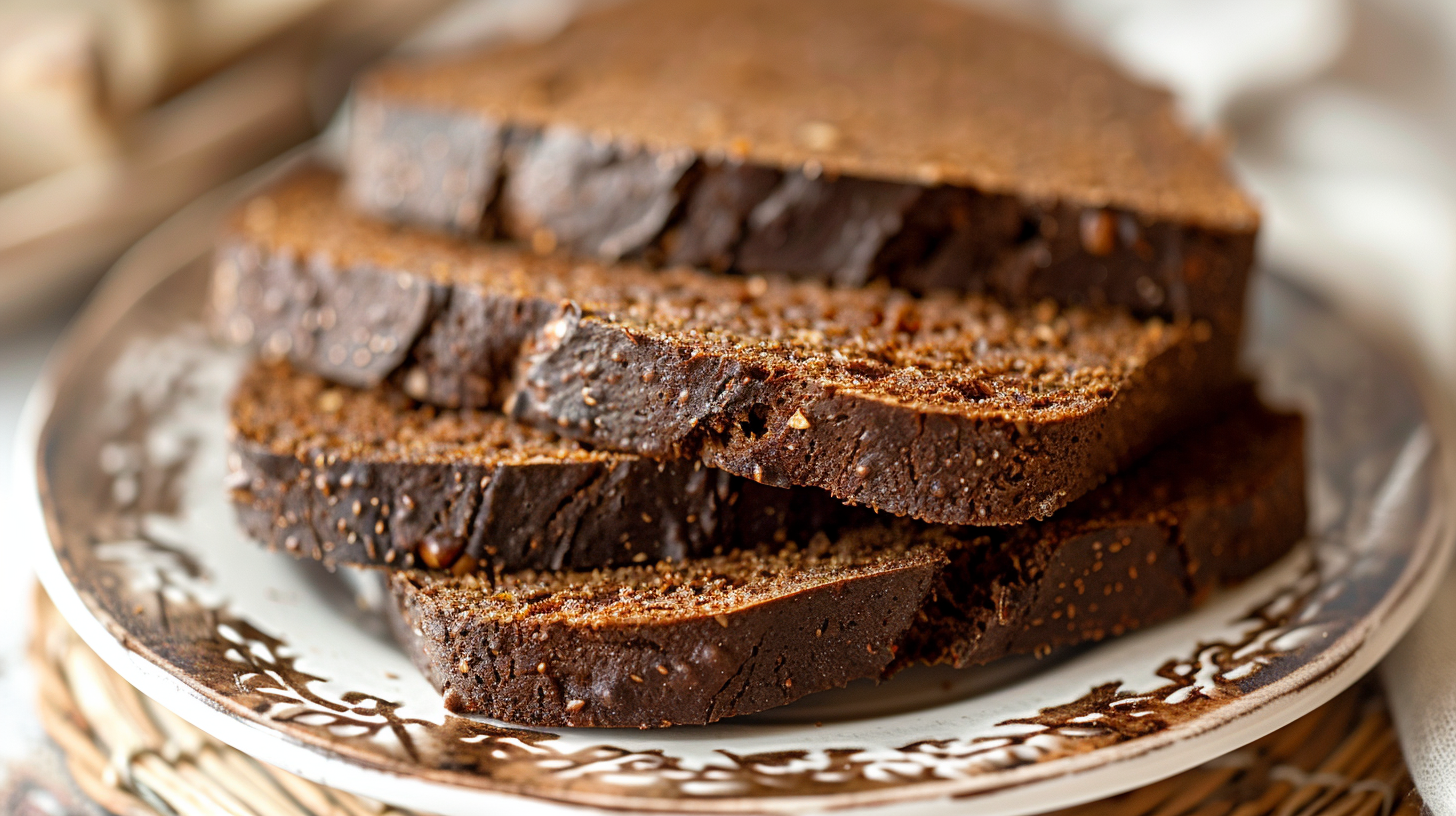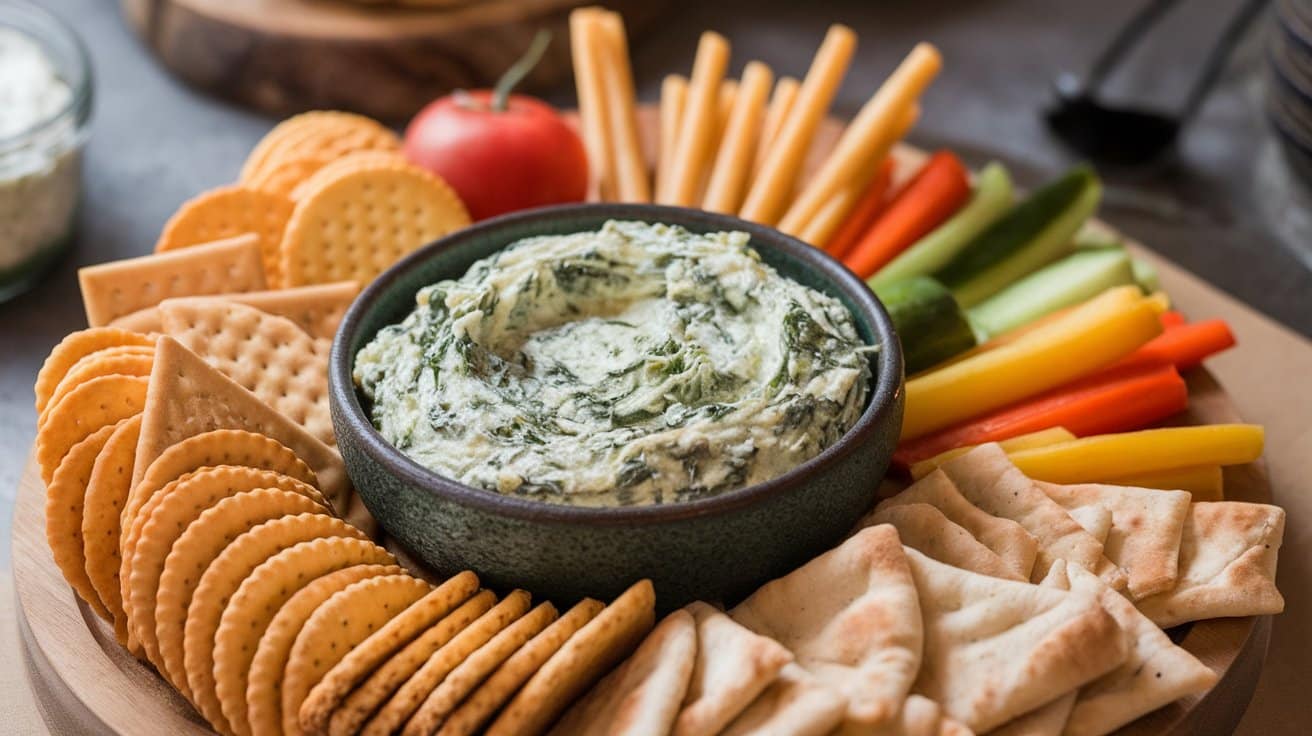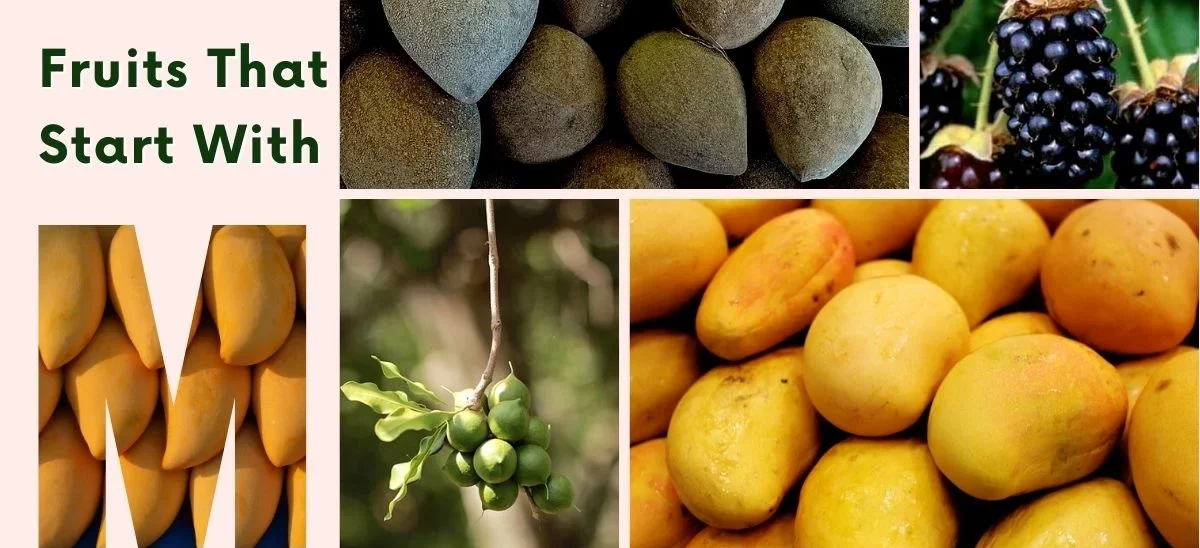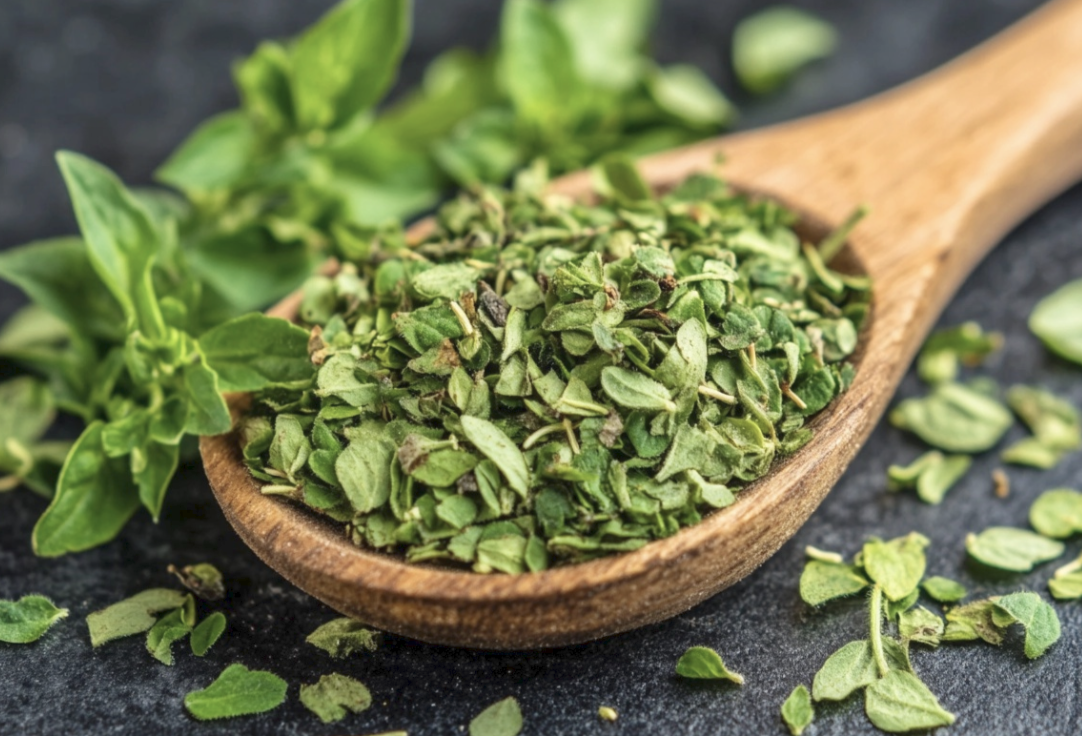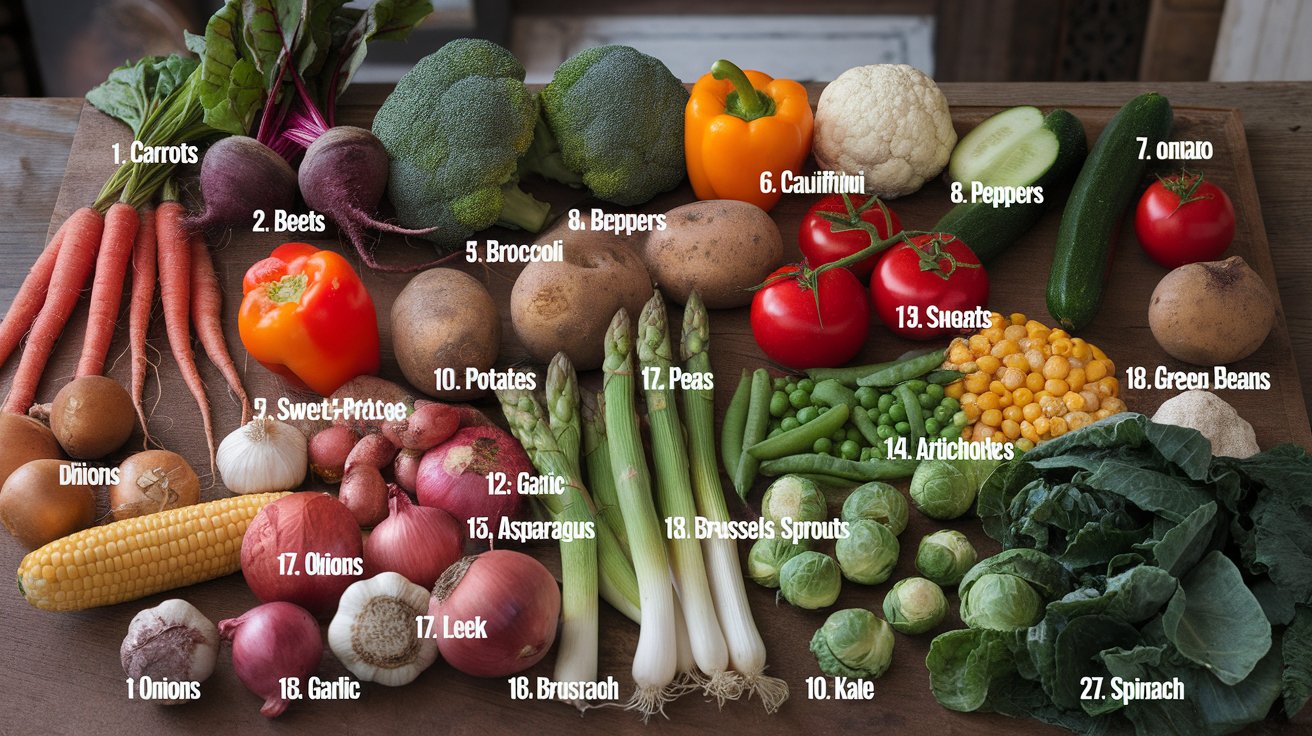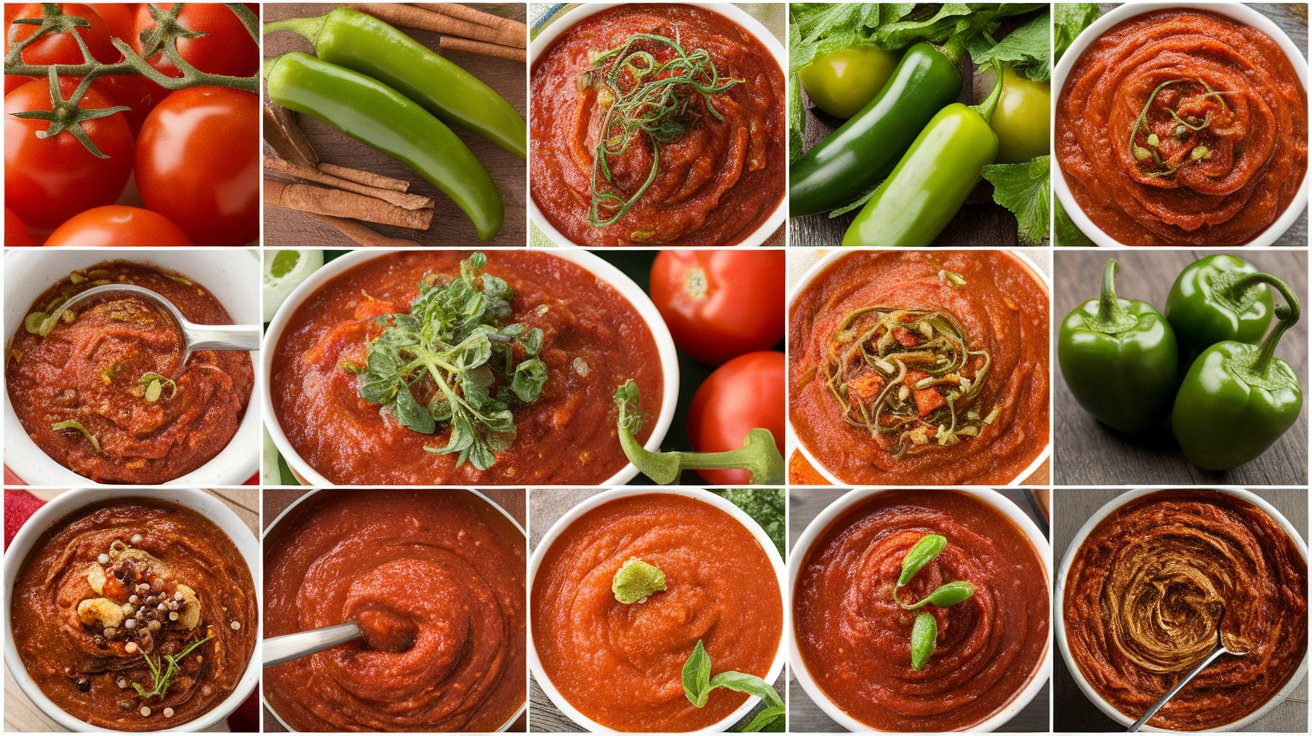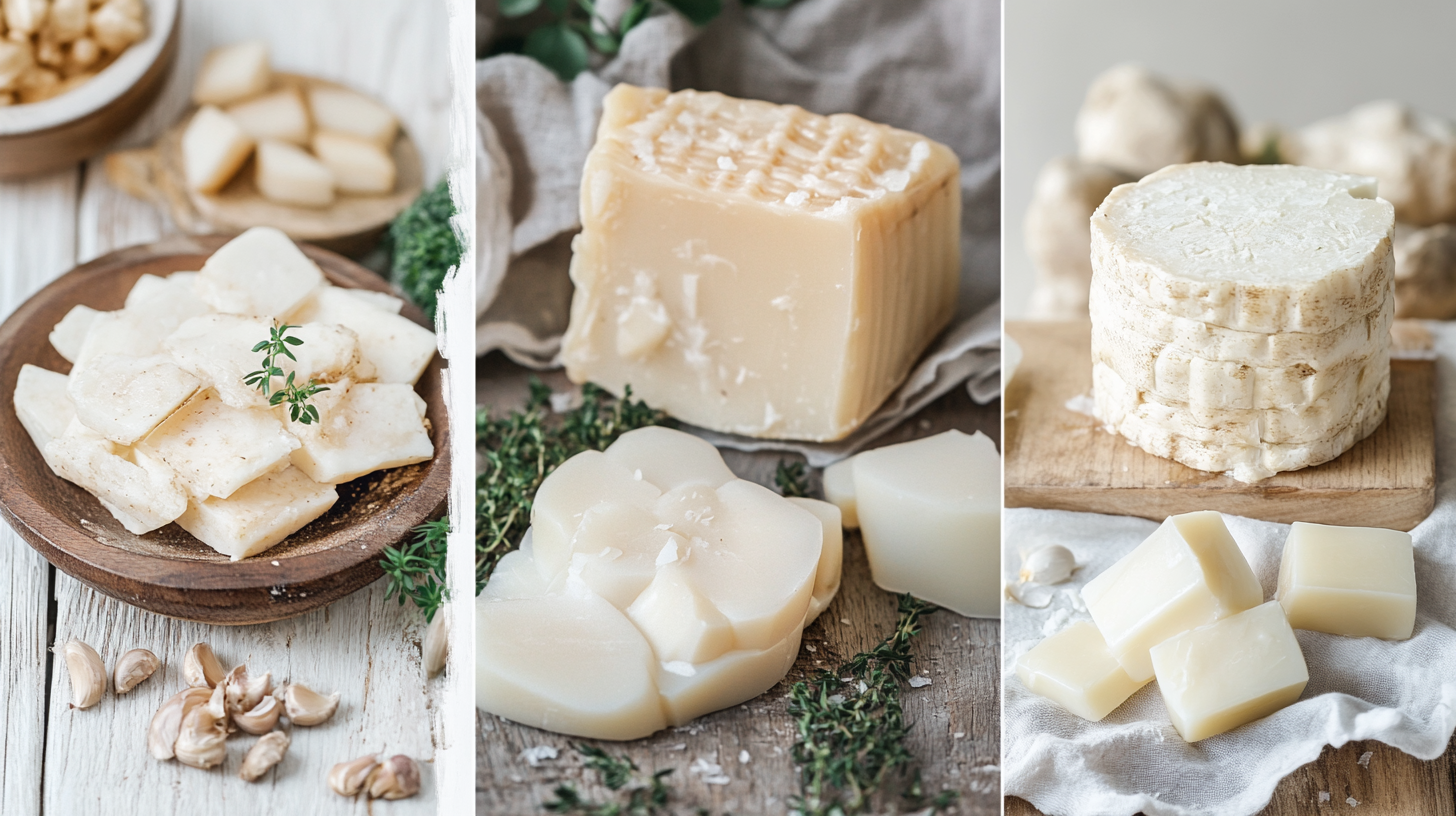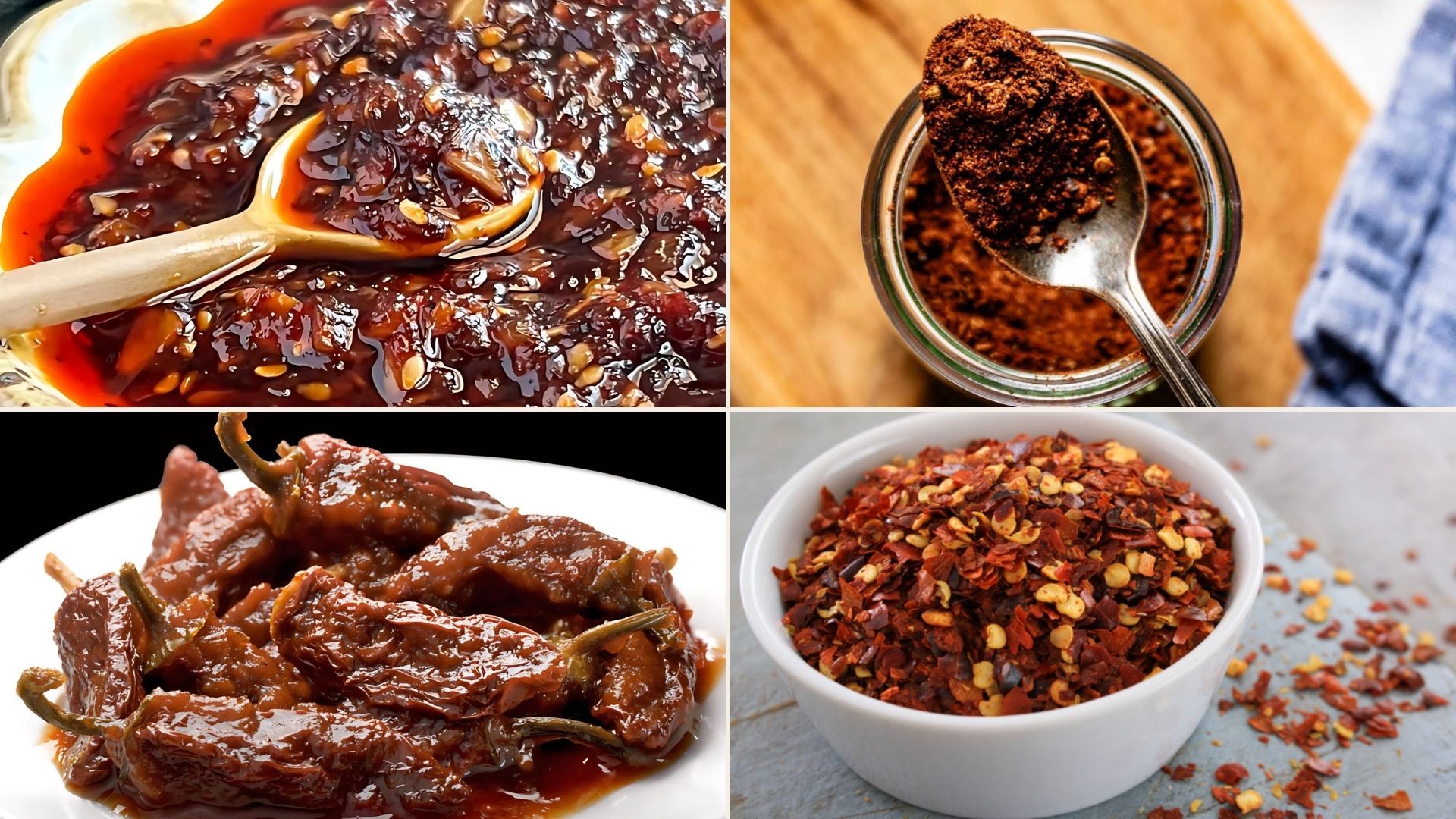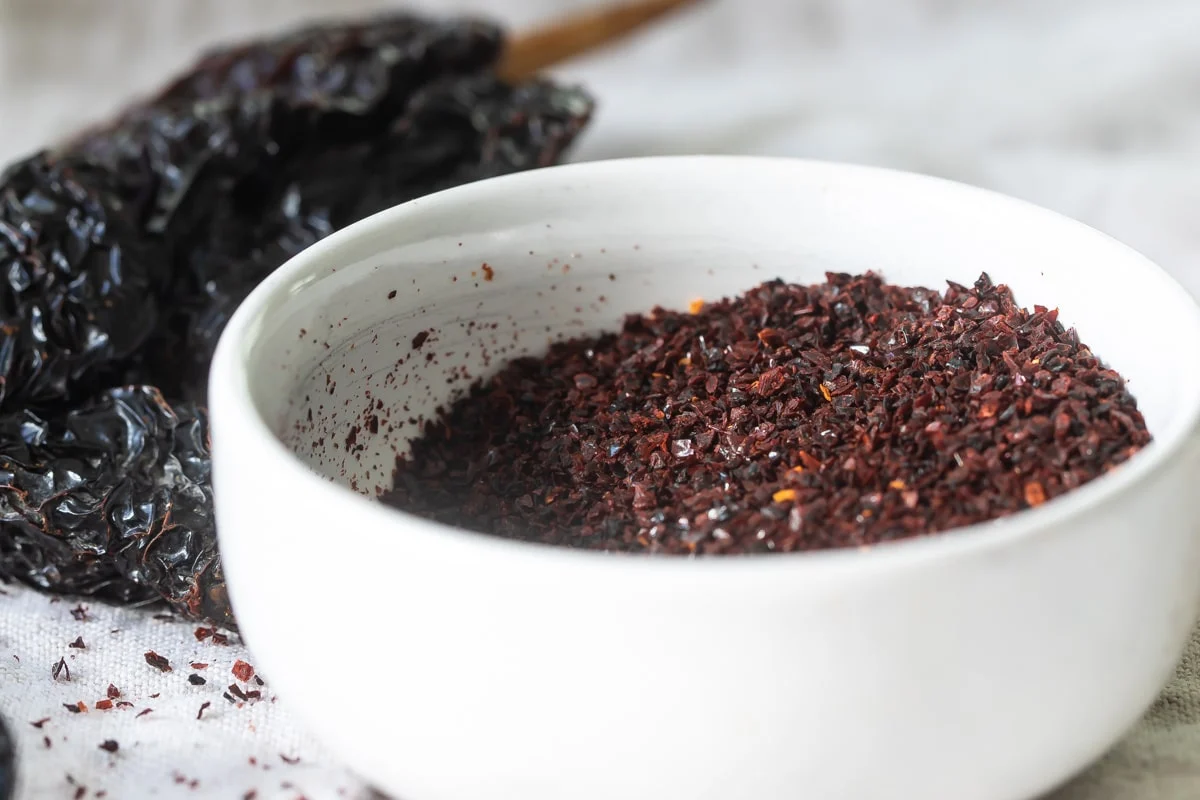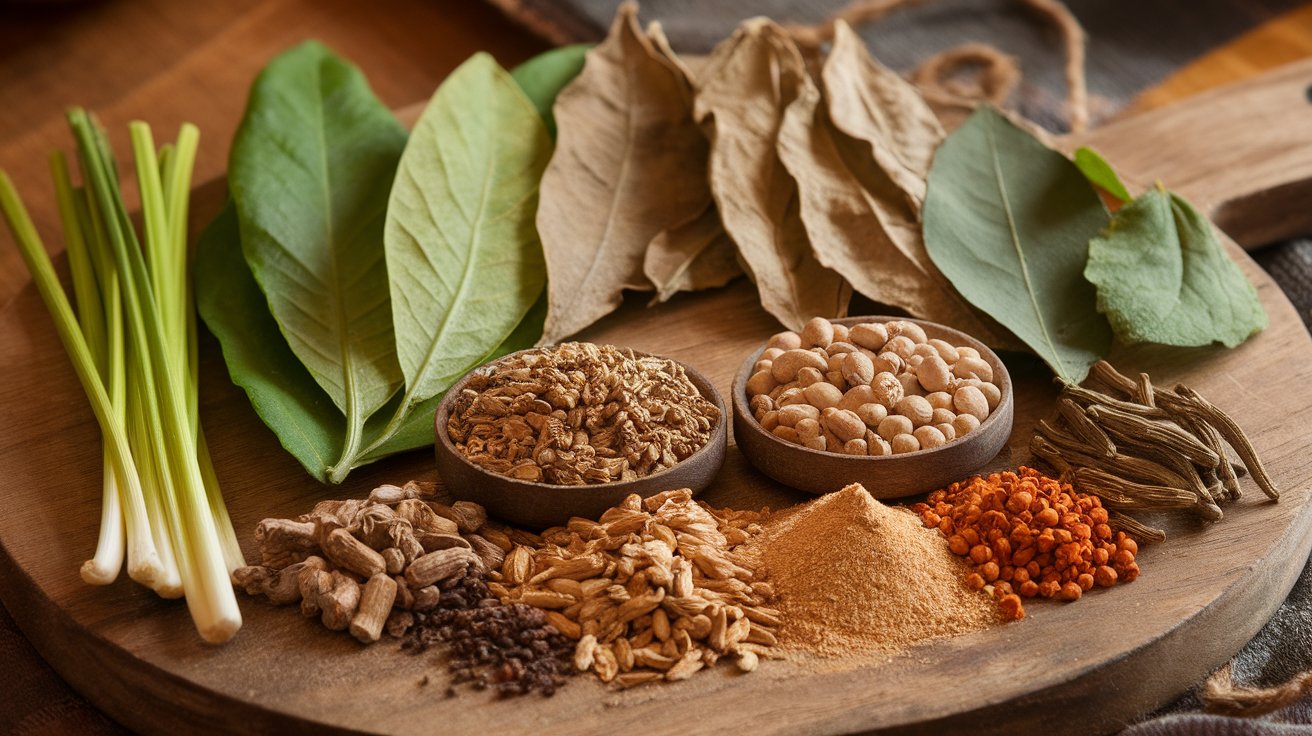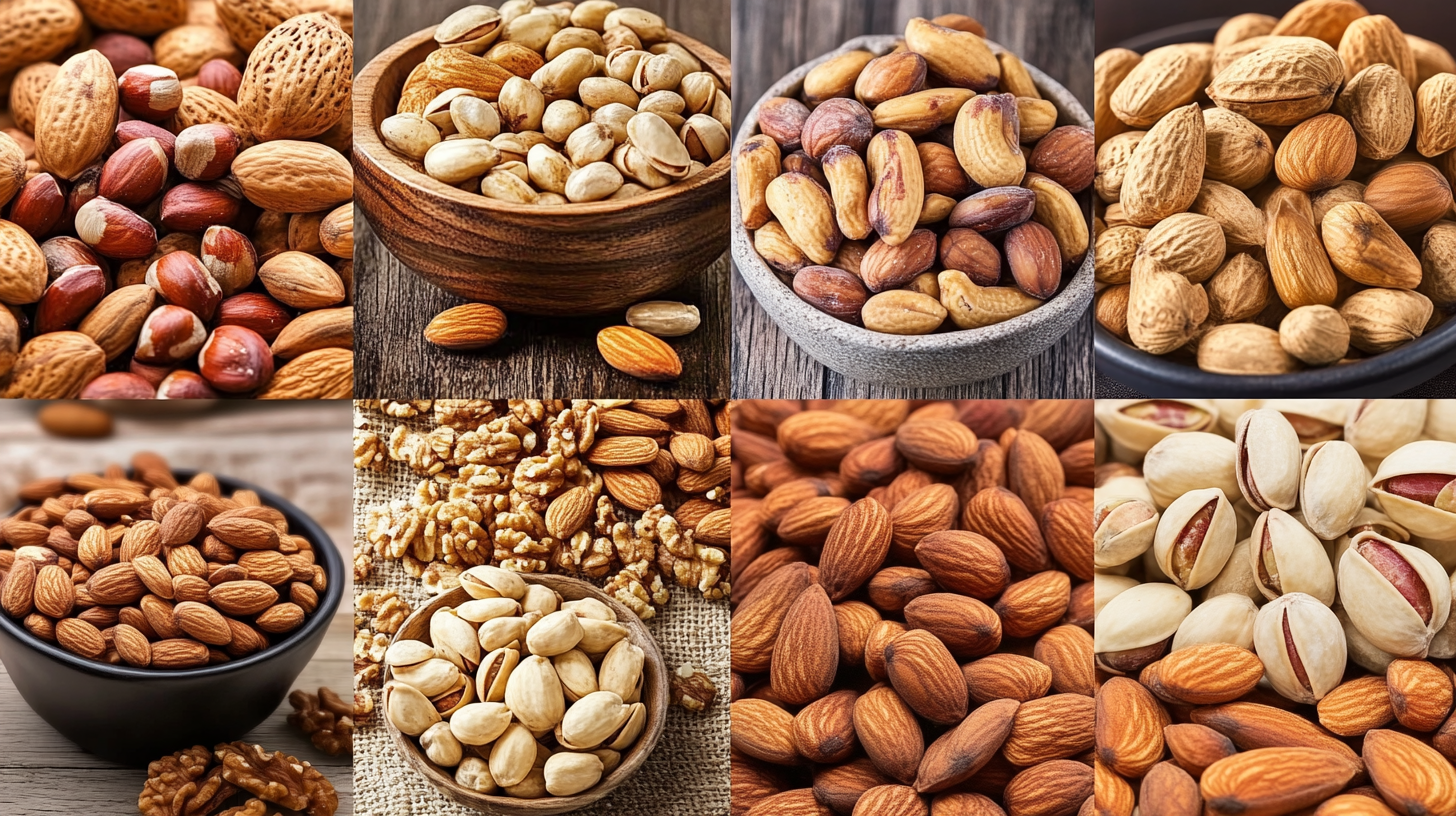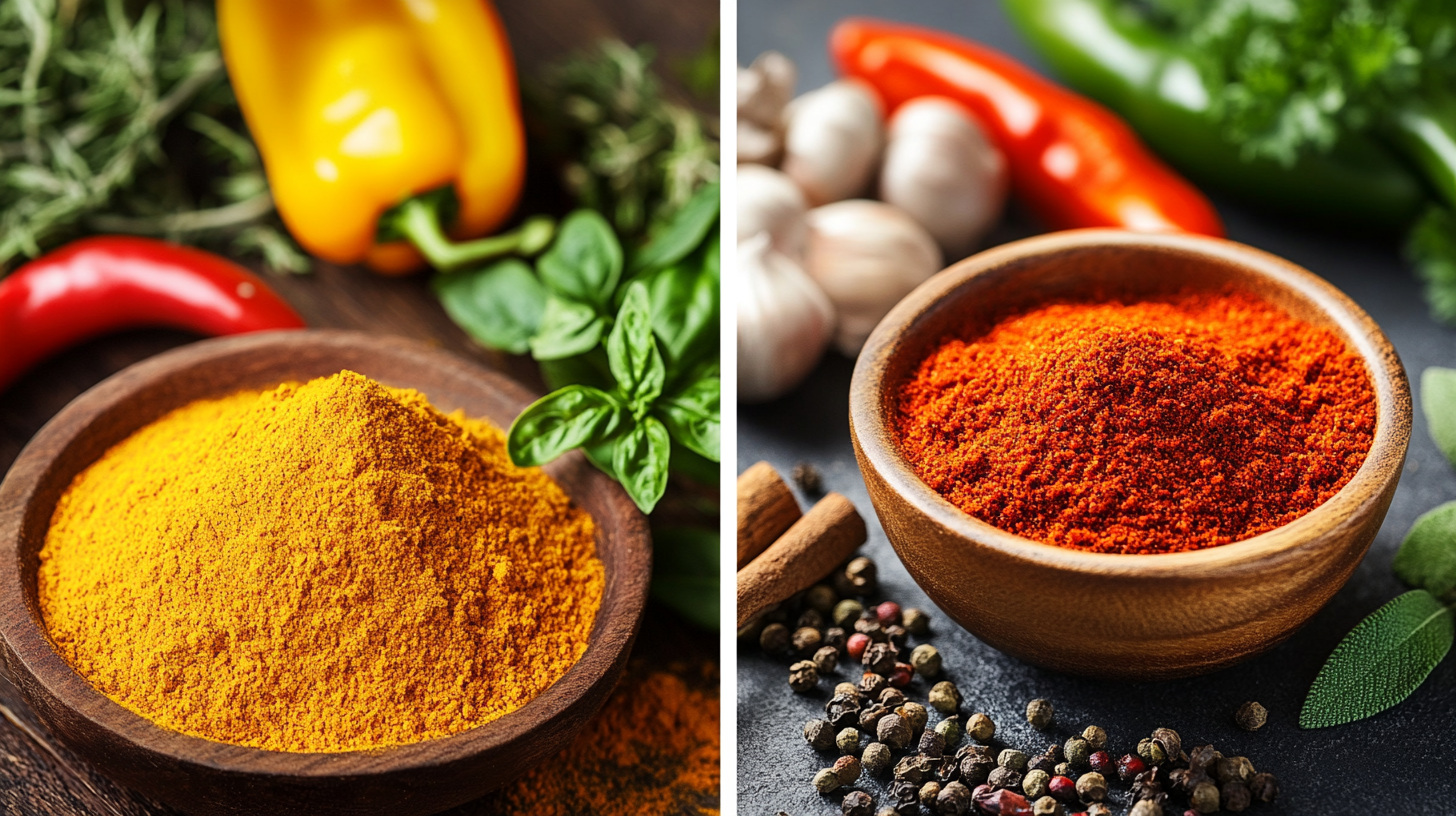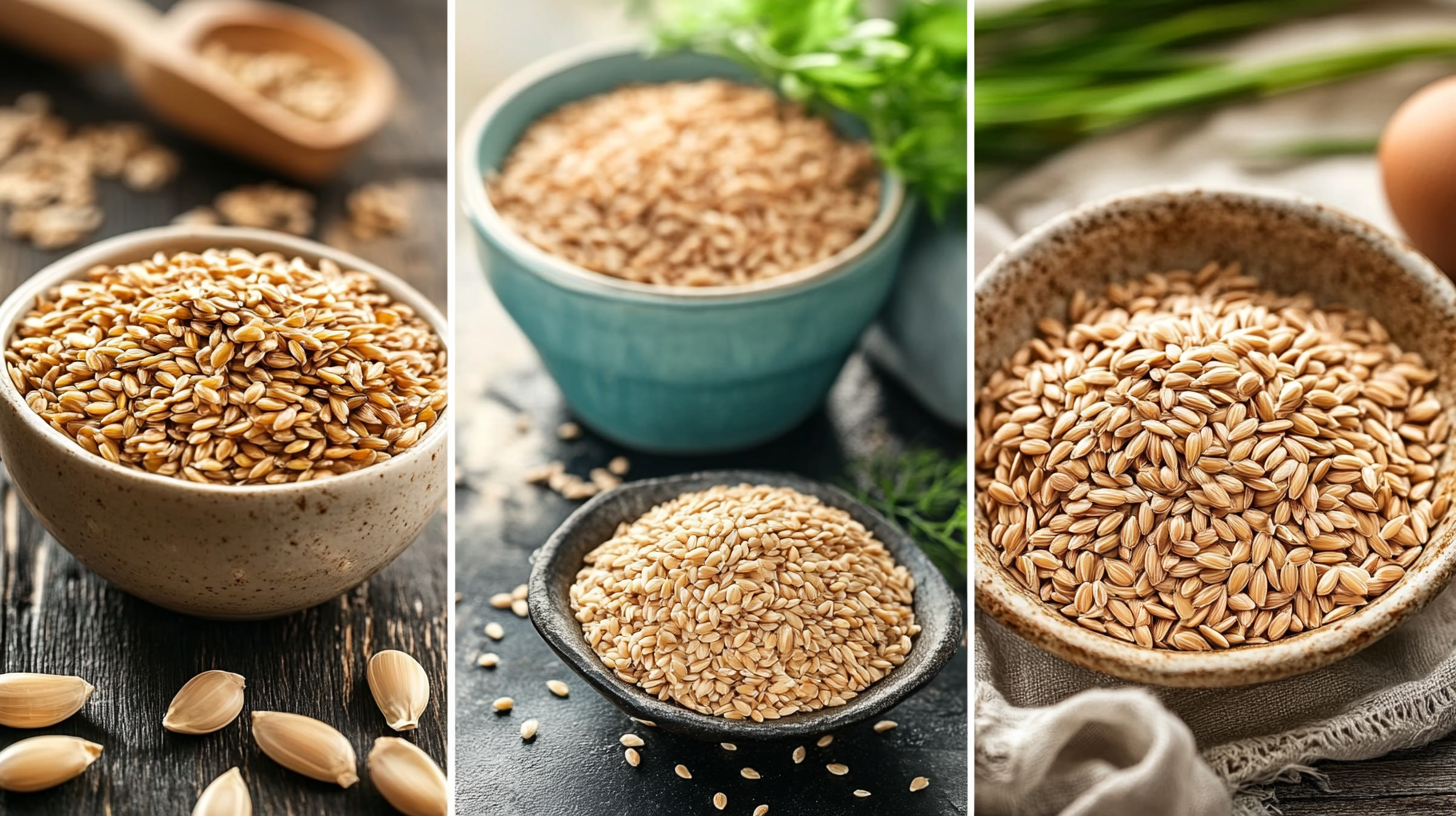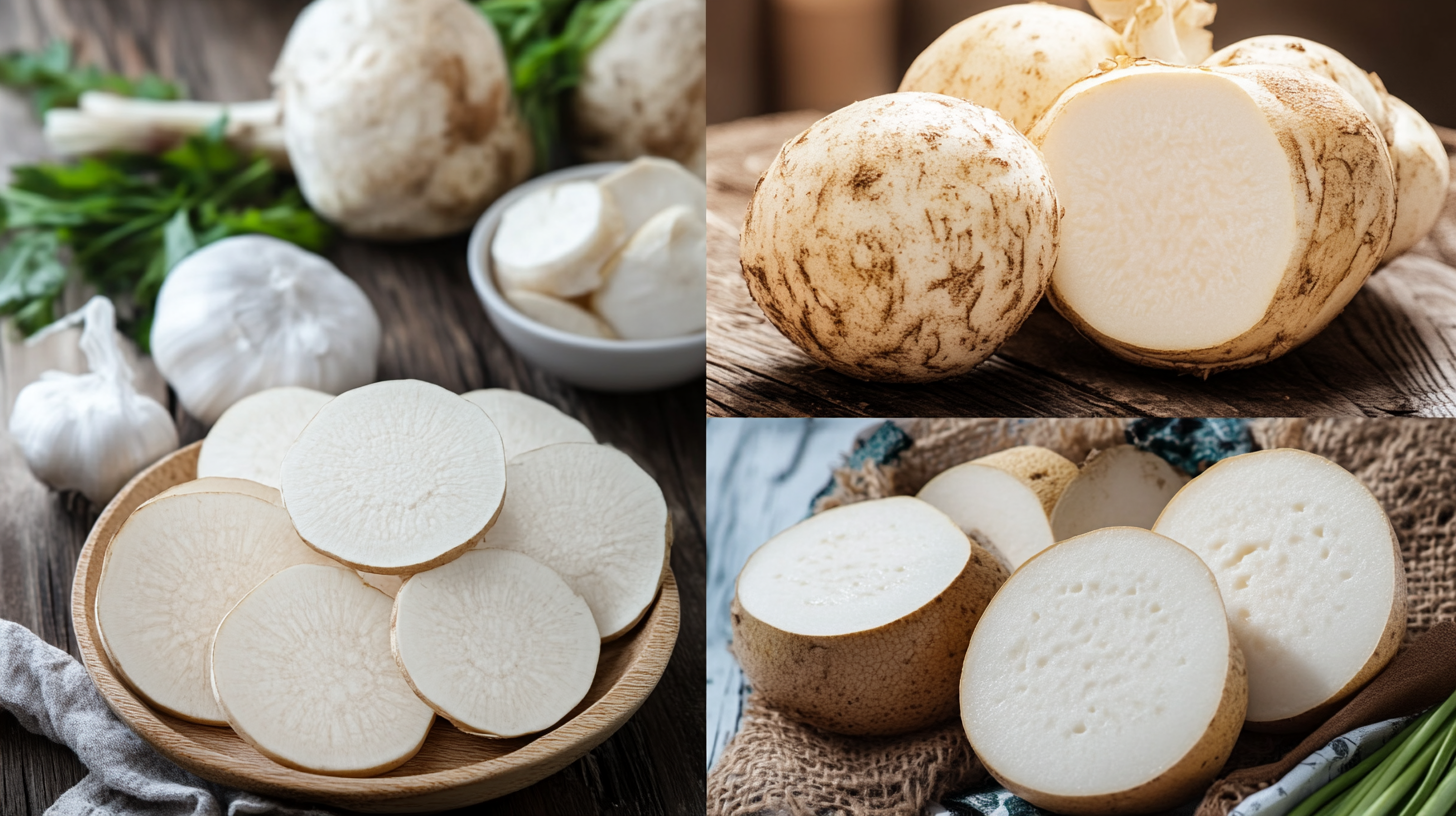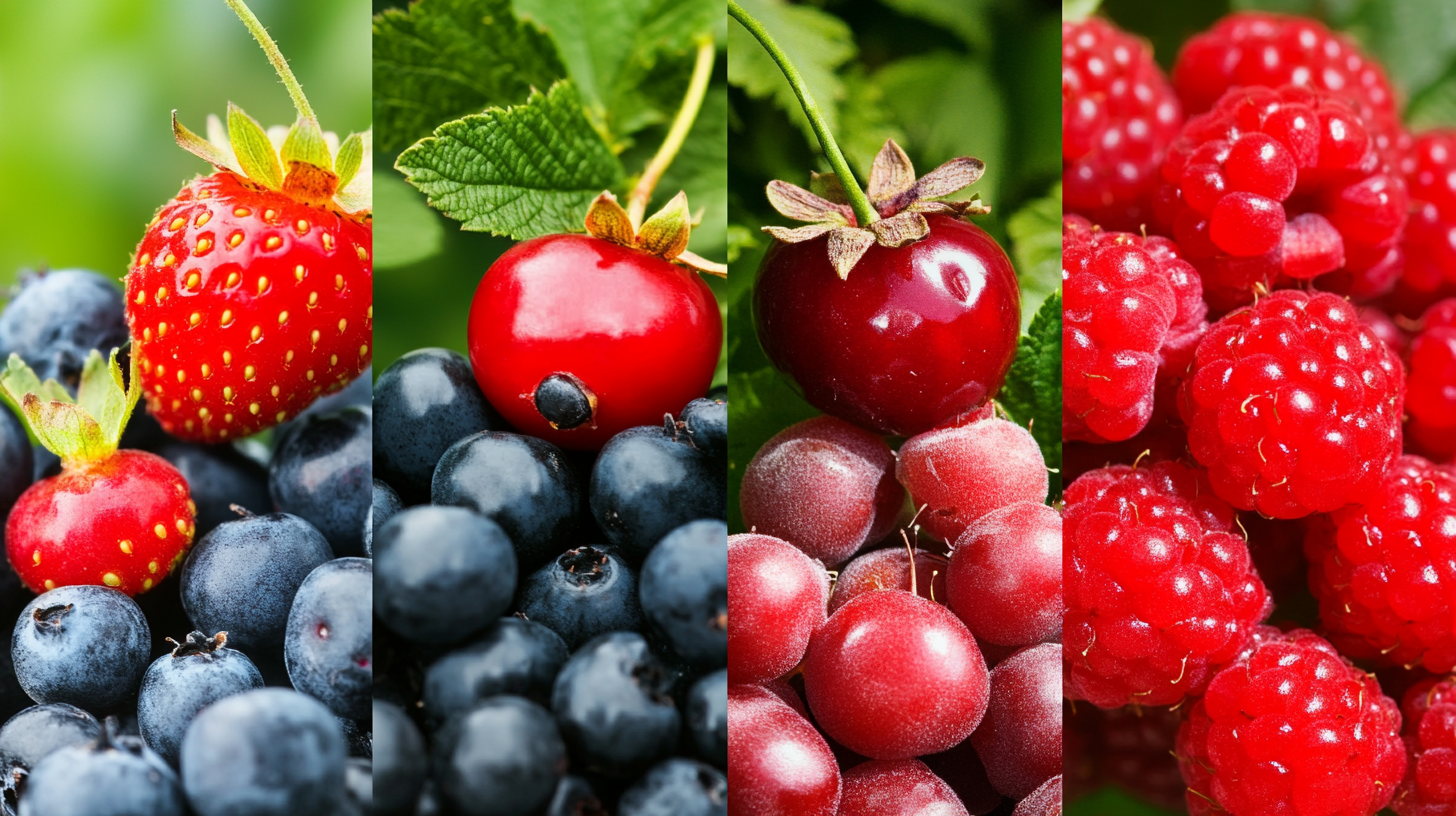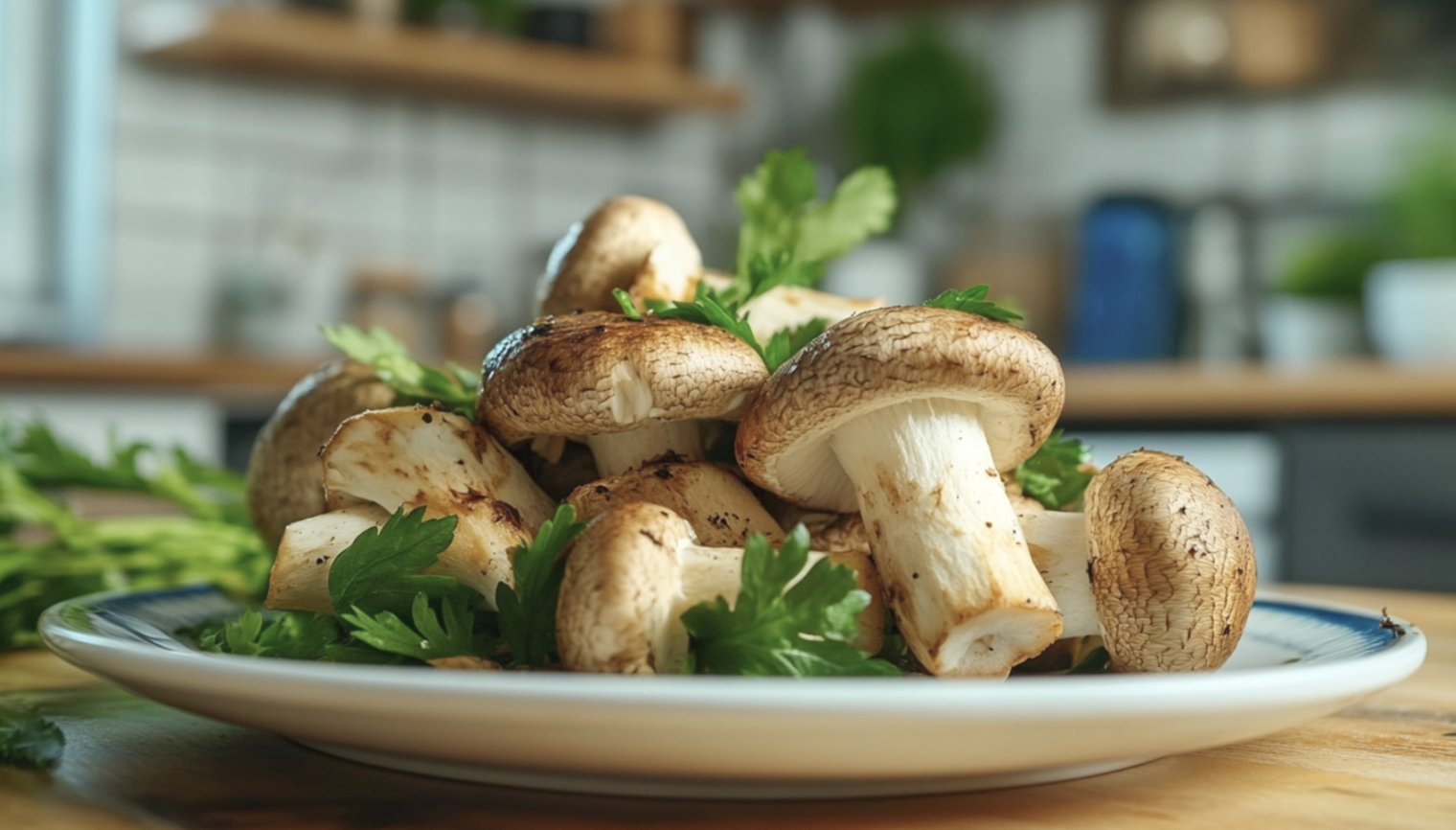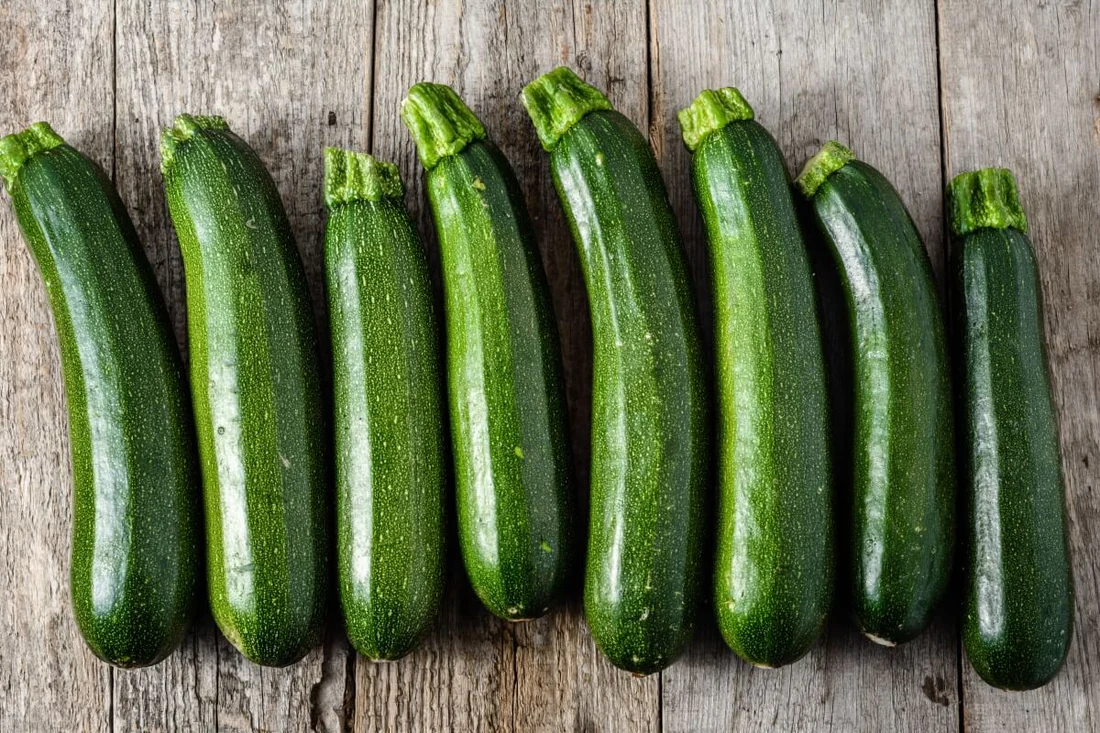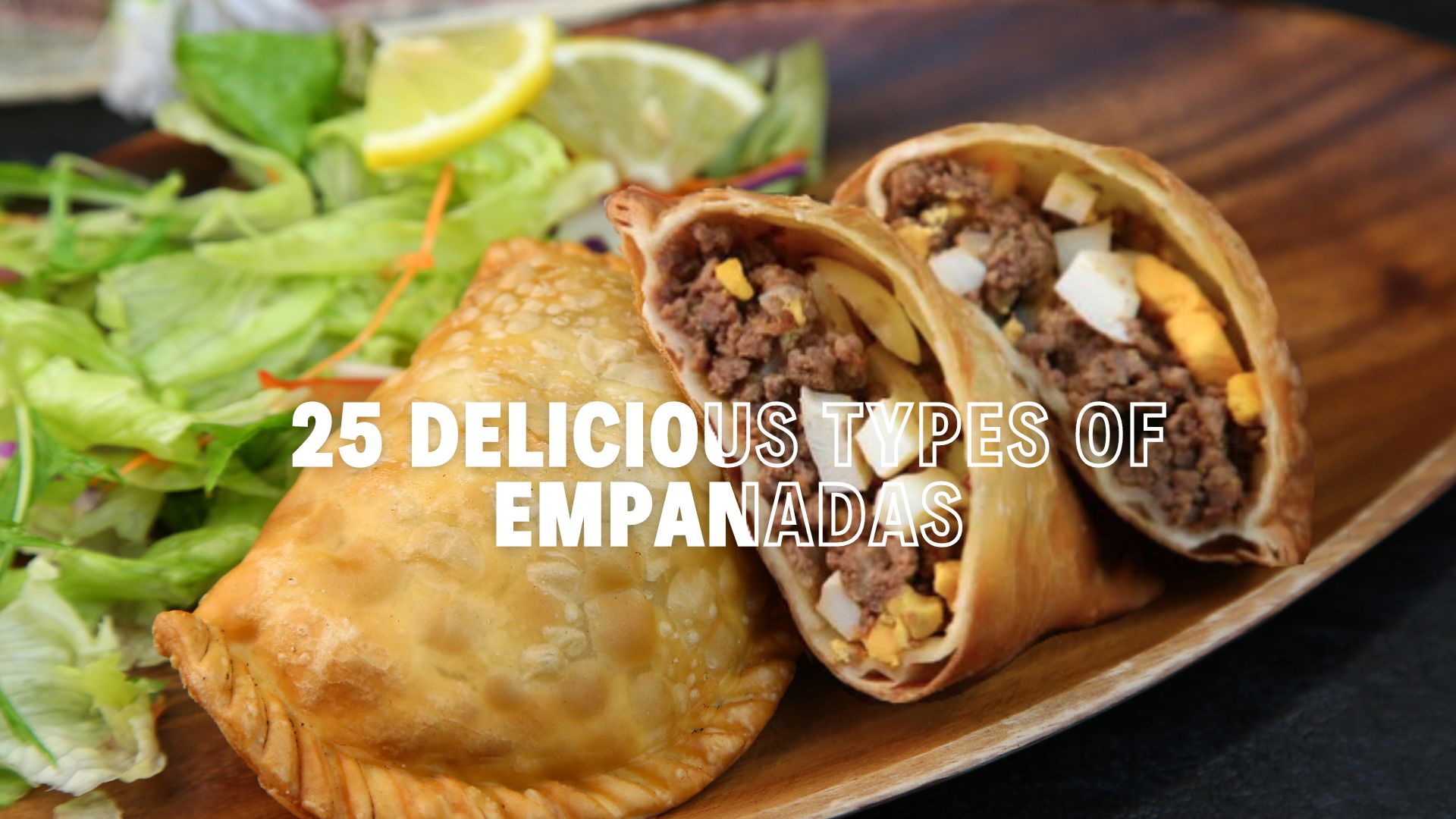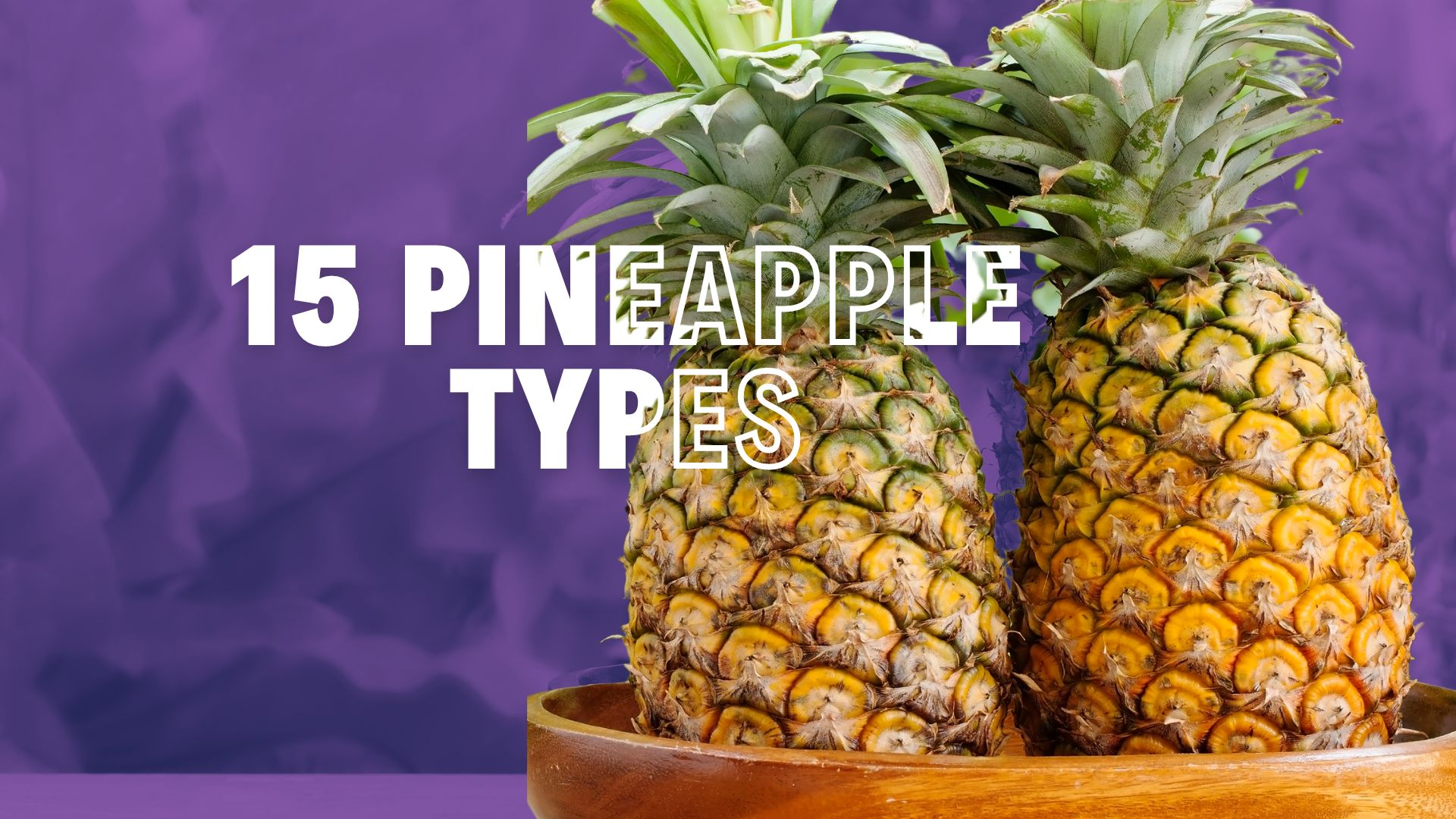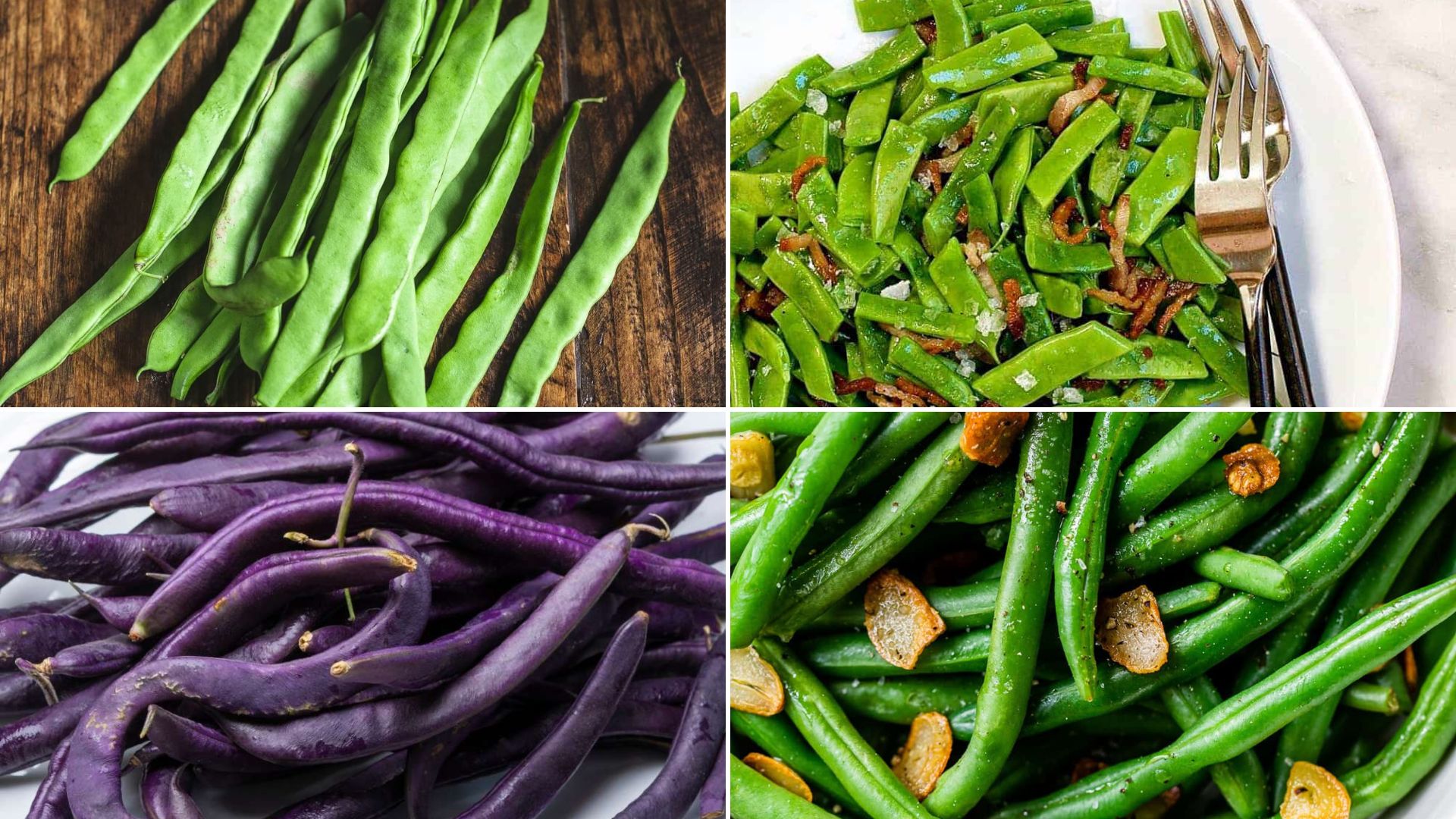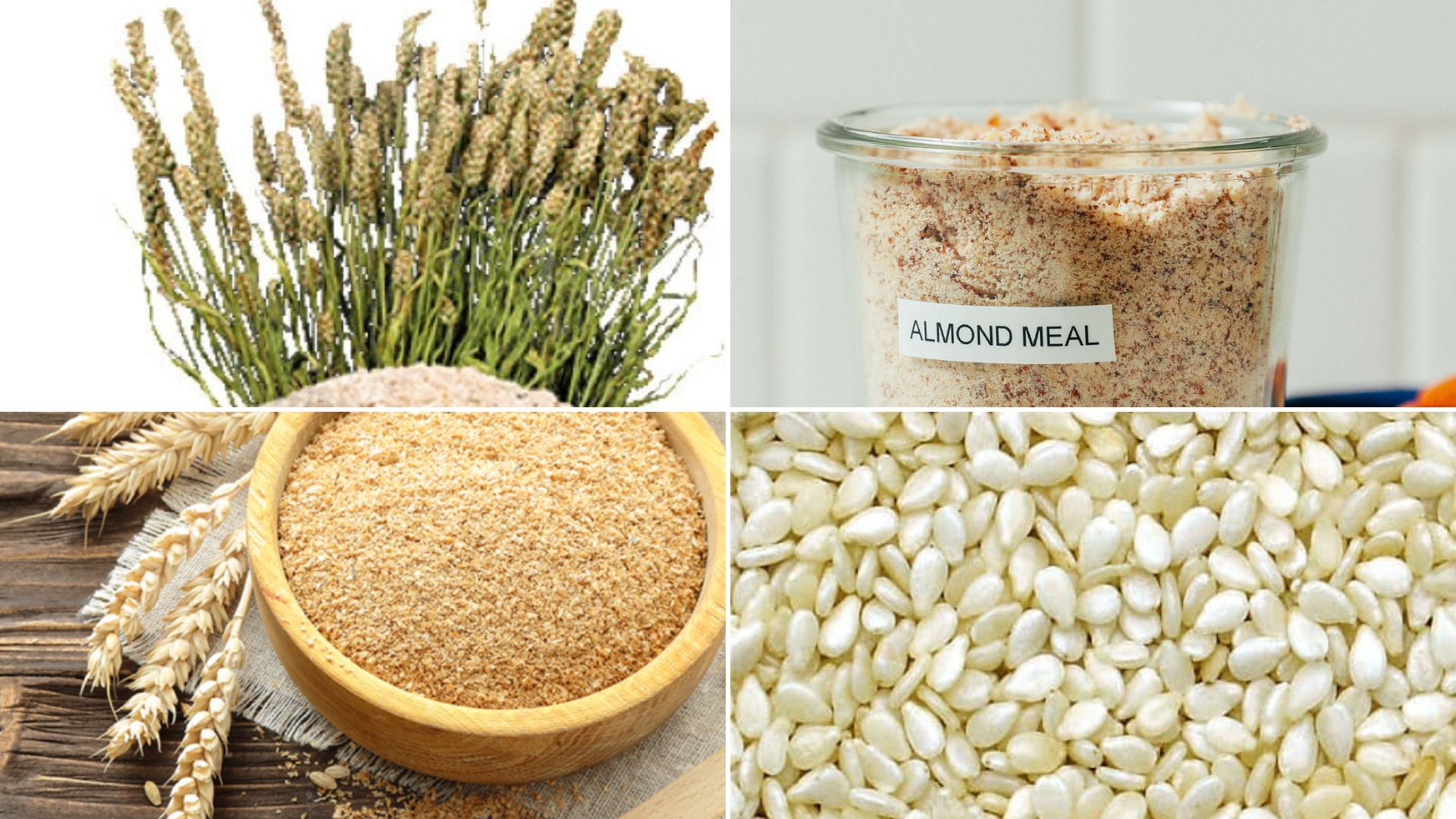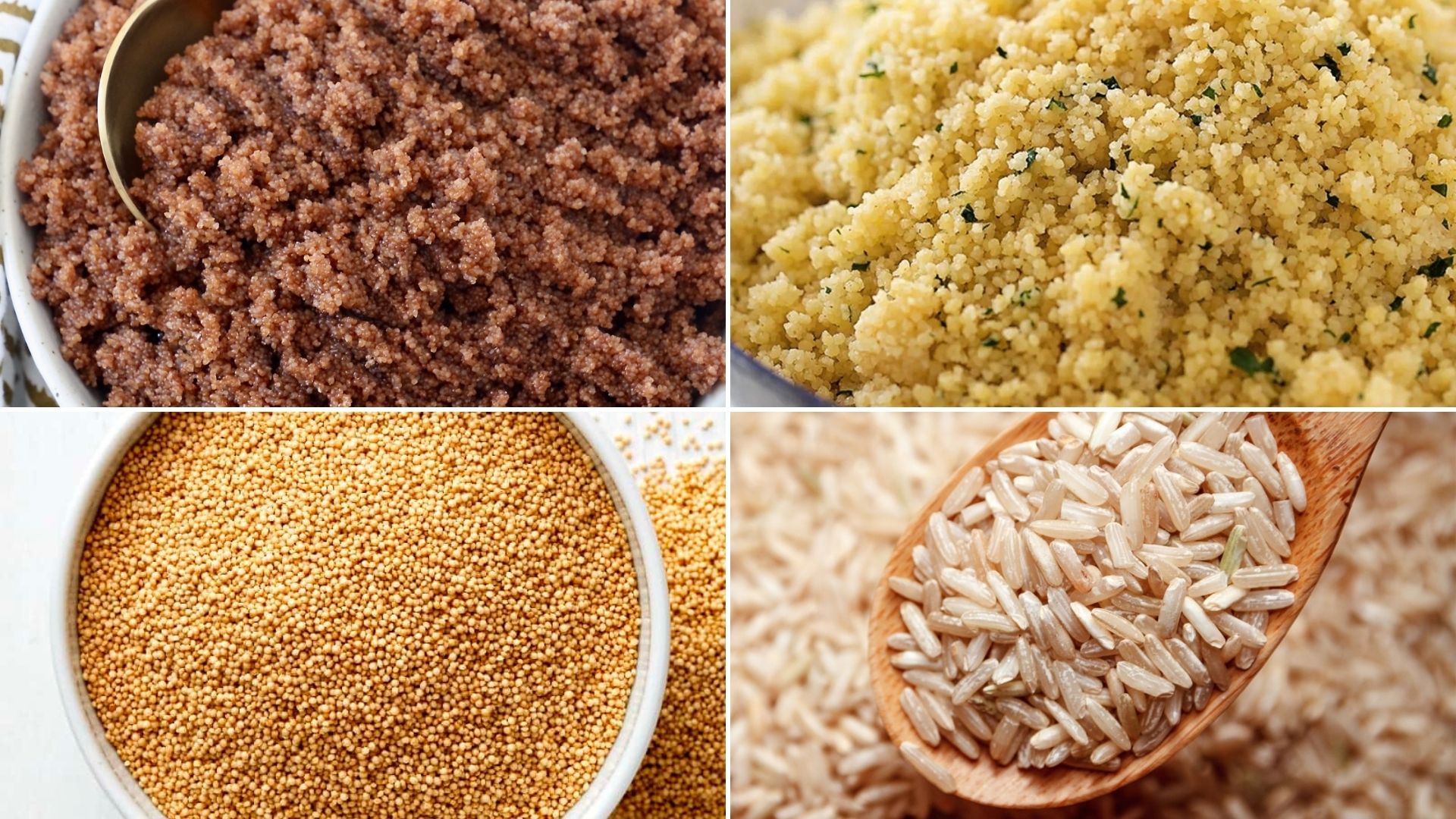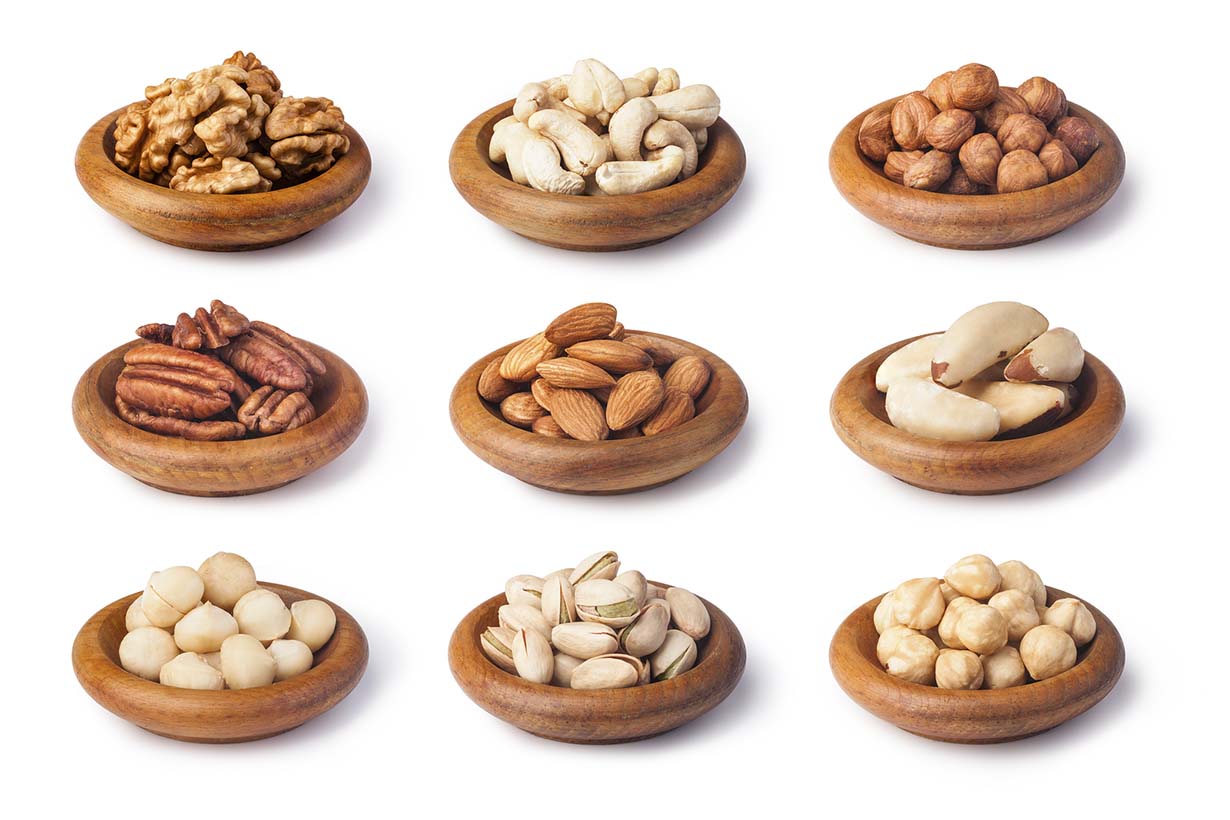
Nuts are delicious snacks and pack a nutritional punch with their healthy fats, protein, and essential vitamins and minerals.
From the creamy texture of cashews to the rich taste of pecans, each type of nut offers unique flavors and health benefits.
Nutrients are versatile and nutrient-dense, whether adding them to your favorite recipes or enjoying them as a snack.
In this guide, we’ll explore 15 different types of nuts, highlighting their characteristics and benefits.
Let’s dive into the world of nuts and learn more about these tasty, nutritious treats.
List of Different Types of Nuts
1. Almonds
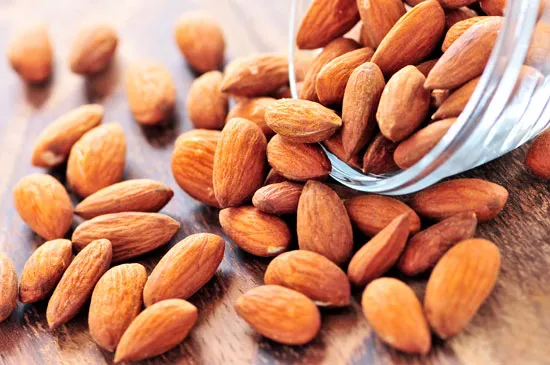
Almonds are one of the most popular and widely consumed nuts globally.
They have a slightly sweet flavor and a crunchy texture, making them perfect for snacking, baking, or adding to salads.
Almonds are a nutritious choice because they are packed with healthy fats, fiber, vitamin E, and magnesium.
- Flavor: Slightly sweet and nutty.
- Uses: Snacking, baking, salads, and almond milk production.
- Health Benefits: Rich in vitamin E, antioxidants, and healthy fats.
2. Walnuts

Walnuts are known for their distinctive brain-like shape and rich, earthy flavor.
They are an excellent source of omega-3 fatty acids, which are great for heart health.
Walnuts are often used in baking, salads, and topping for cereals and yogurt.
- Flavor: Earthy, rich, and slightly bitter.
- Uses: Baking, salads, and topping for cereals and yogurt.
- Health Benefits: High in omega-3 fatty acids, promoting heart health.
3. Pistachios
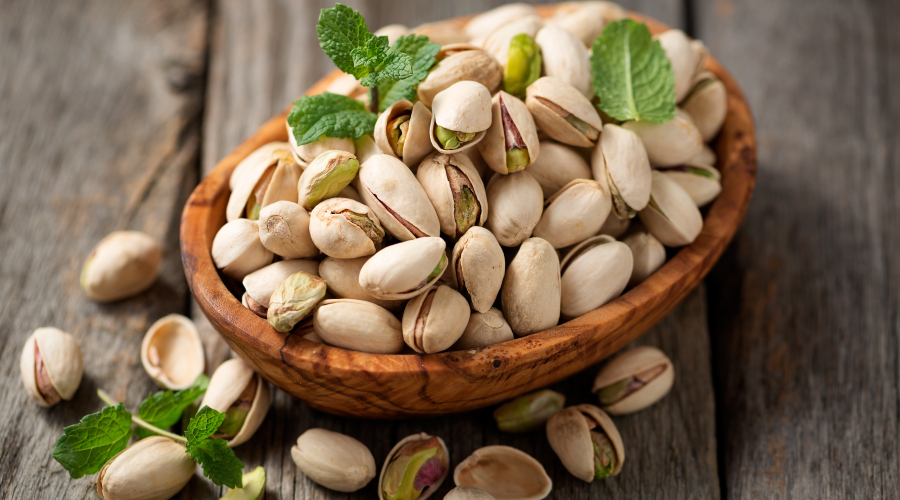
Pistachios are small, green nuts with a mildly sweet and slightly salty flavor.
They are a popular snack, especially when roasted and salted.
Pistachios are high in protein, fiber, and antioxidants, making them a healthy snack.
- Flavor: Mildly sweet with a touch of salt.
- Uses: Snacking, desserts, and ice cream.
- Health Benefits: High in protein, fiber, and antioxidants.
4. Cashews

Cashews have a creamy texture and a sweet, buttery flavor.
They are often used in cooking, especially vegan dishes like cashew cream and dairy-free cheese.
Cashews are also a good source of heart-healthy fats, magnesium, and copper.
- Flavor: Sweet and buttery.
- Uses: Cooking, vegan dishes, snacking, and making cashew butter.
- Health Benefits: Good source of magnesium, copper, and healthy fats.
5. Hazelnuts
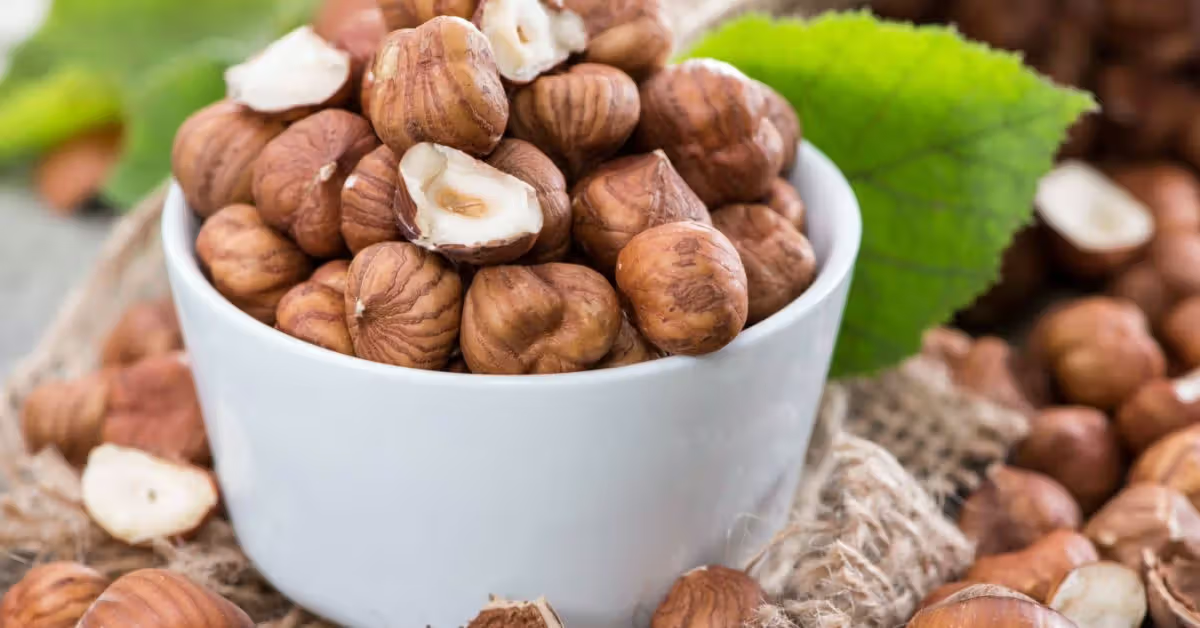
Hazelnuts have a rich, sweet flavor and are often used in desserts, especially in chocolates and spreads like Nutella.
They are also delicious when roasted and added to salads or granola.
Hazelnuts are a great source of vitamin E and healthy fats.
- Flavor: Sweet, rich, and slightly nutty.
- Uses: Desserts, chocolates, spreads, and granola.
- Health Benefits: High in vitamin E and healthy fats.
6. Pecans

Pecans are known for their rich, buttery flavor and are commonly used in desserts like pecan pie.
They have a soft, creamy texture and are also great as a snack or added to salads.
Pecans are high in antioxidants and healthy fats, making them a heart-healthy option.
- Flavor: Rich, buttery, and slightly sweet.
- Uses: Pies, baking, snacking, and salads.
- Health Benefits: High in antioxidants and healthy fats, promoting heart health.
7. Macadamia Nuts

Macadamia nuts have a rich, buttery flavor and a creamy texture.
They are often used in baking, especially in cookies and desserts, and are also enjoyed as a snack.
Macadamias are high in monounsaturated fats, which are good for heart health and provide a luxurious, indulgent flavor.
- Flavor: Buttery, rich, and creamy.
- Uses: Baking, desserts, and snacking.
- Health Benefits: High in monounsaturated fats, promoting heart health.
8. Brazil Nuts
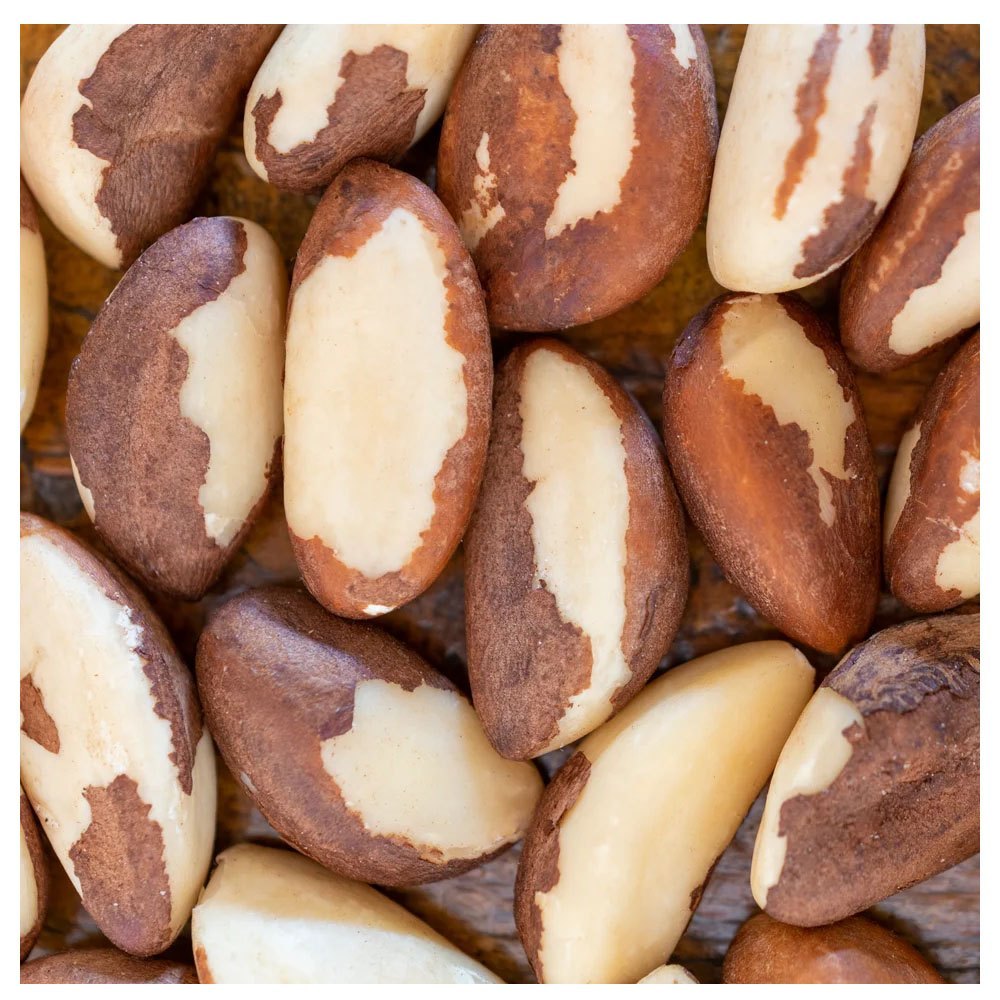
Brazil nuts are large, nutrient-dense nuts with a mild, creamy flavor.
They are an excellent source of selenium, a mineral crucial to maintaining thyroid health.
Just a few Brazil nuts can provide your daily recommended intake of selenium.
- Flavor: Mild and creamy.
- Uses: Snacking, baking, and in granola or trail mixes.
- Health Benefits: High in selenium, supporting thyroid health and immune function.
9. Pine Nuts

Pine nuts are small, teardrop-shaped seeds harvested from pine trees.
They have a rich, buttery flavor and are a key ingredient in pesto.
Pine nuts are also used in salads, pastas, and topping for various dishes.
They are a good source of magnesium and vitamin E.
- Flavor: Buttery, rich, and slightly sweet.
- Uses: Pesto, salads, pastas, and topping dishes.
- Health Benefits: Rich in magnesium and vitamin E, promoting heart health.
10. Chestnuts
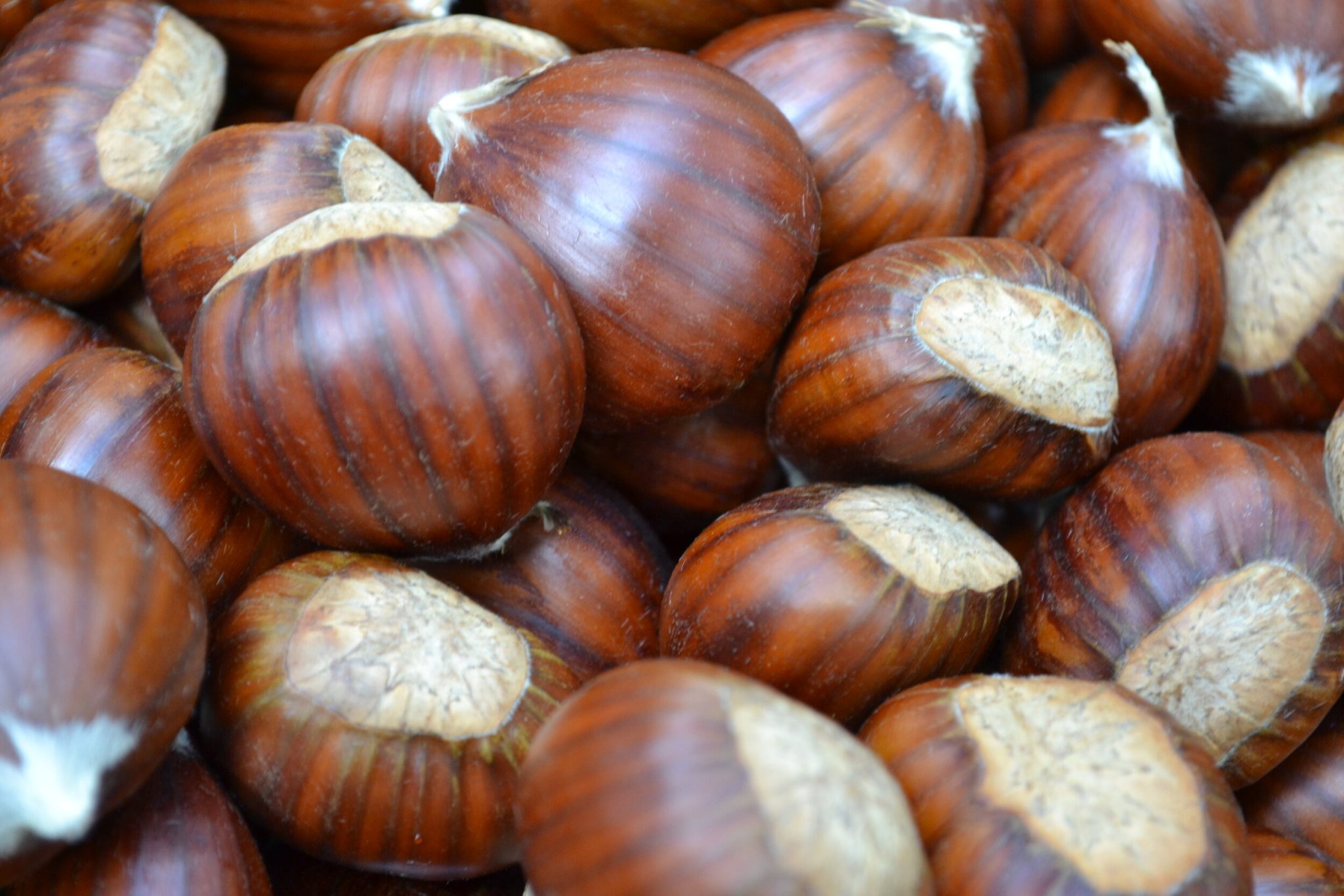
Chestnuts have a sweet, nutty flavor and are unique among nuts for their high carbohydrate and lower fat content.
They are often roasted and enjoyed during the holiday season or used in stuffing and baking.
Chestnuts are a good source of vitamin C and fiber.
- Flavor: Sweet and slightly nutty.
- Uses: Roasting, baking, and stuffing.
- Health Benefits: High in fiber and vitamin C, supporting digestive health.
11. Peanuts
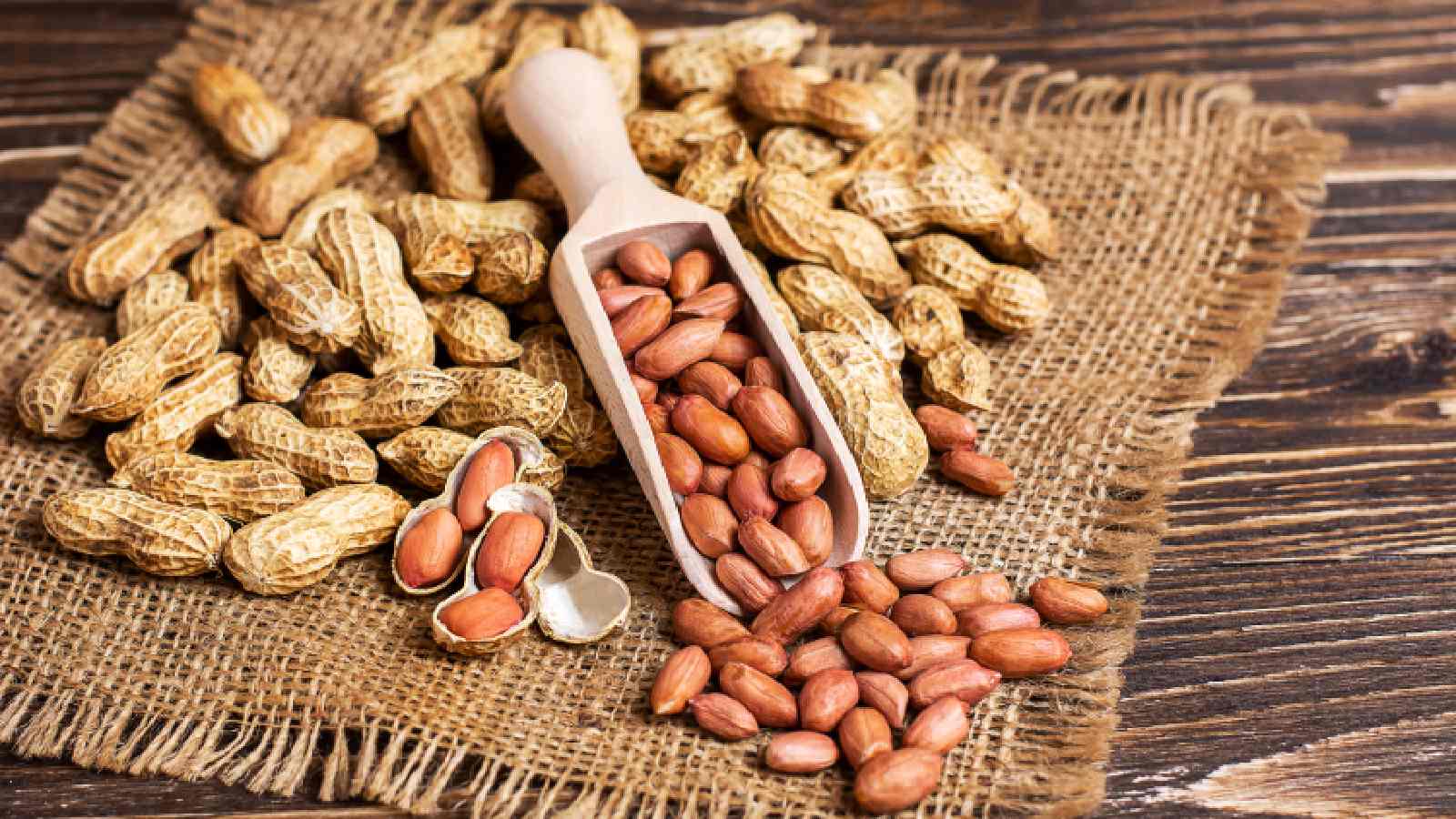
Peanuts are technically legumes but are commonly considered nuts due to their similar nutritional profile.
They are among the most popular and affordable nuts worldwide, often used in snacks, peanut butter, and cooking.
Peanuts are rich in protein, healthy fats, and antioxidants like resveratrol.
- Flavor: Mild, earthy, and slightly sweet.
- Uses: Snacking, peanut butter, cooking, and baking.
- Health Benefits: High in protein and healthy fats, supporting heart health.
12. Tiger Nuts
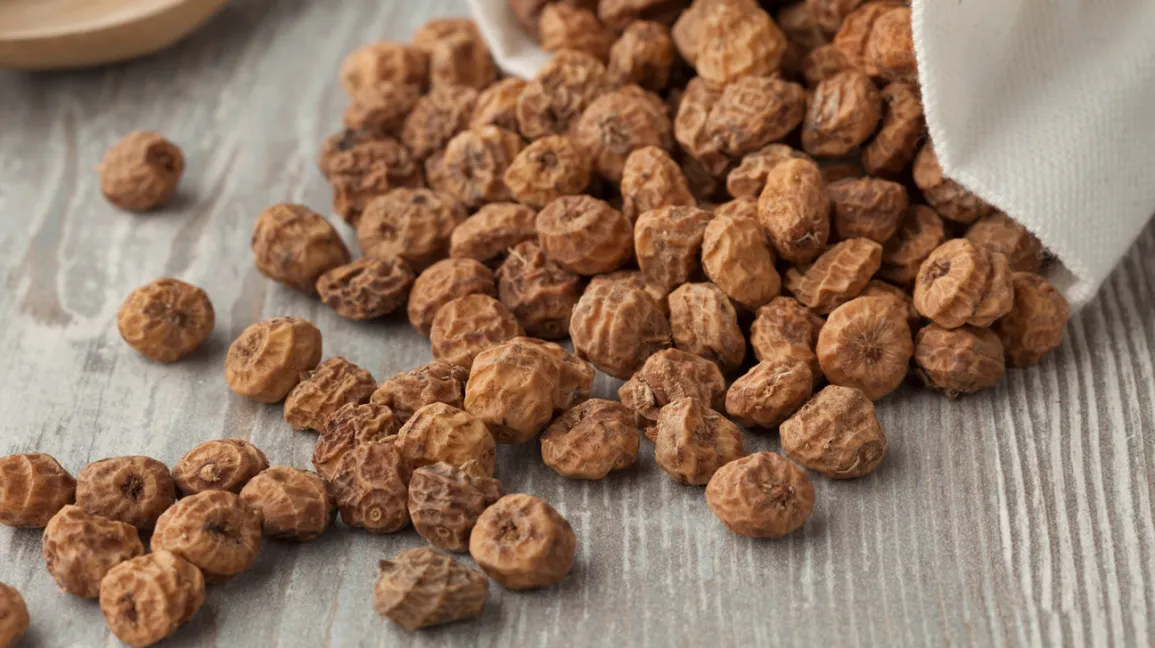
Despite their name, tiger nuts are not actual nuts but tubers.
They have a sweet, nutty flavor and are popular in health food circles due to their high fiber content.
Tiger nuts are often eaten raw, roasted, or used to make horchata, a traditional Spanish drink.
- Flavor: Sweet and nutty.
- Uses: Snacking, smoothies, and horchata.
- Health Benefits: High in fiber, supporting digestive health.
13. Beech Nuts

Beech nuts come from beech trees and are small, triangular nuts with a mildly sweet flavor.
They can be eaten raw or roasted and are sometimes used in baking or added to salads.
Beech nuts are less commonly consumed but provide a good source of healthy fats and protein.
- Flavor: Mildly sweet and nutty.
- Uses: Roasting, baking, and salads.
- Health Benefits: Good source of healthy fats and protein.
14. Acorns

Acorns are the nuts of oak trees and have been used as a food source for centuries, particularly by Native Americans.
After processing to remove their bitter tannins, acorns can be ground into flour and used in baking.
They are high in carbohydrates and fiber.
- Flavor: Mildly sweet and earthy after processing.
- Uses: Acorn flour for baking or added to dishes.
- Health Benefits: High in fiber and carbohydrates, supporting digestive health.
15. Kola Nuts

Kola nuts come from the kola tree and are best known for their use in flavoring sodas like cola.
They have a bitter, slightly astringent flavor and contain caffeine.
Kola nuts are often used in African traditional medicine and are a source of energy due to their stimulant properties.
- Flavor: Bitter with a slightly astringent taste.
- Uses: Flavoring sodas and traditional medicines.
- Health Benefits: Contains caffeine, providing an energy boost.
Conclusion
These 15 nuts offer a wide range of flavors, textures, and health benefits, making them a versatile and nutritious addition to any diet.
From the sweet, buttery richness of macadamia nuts to the fiber-packed tiger nuts, each nut brings something unique.
Whether you’re snacking, baking, or using them in savory dishes, nuts are a delicious way to boost your health while adding flavor and crunch to your meals.

